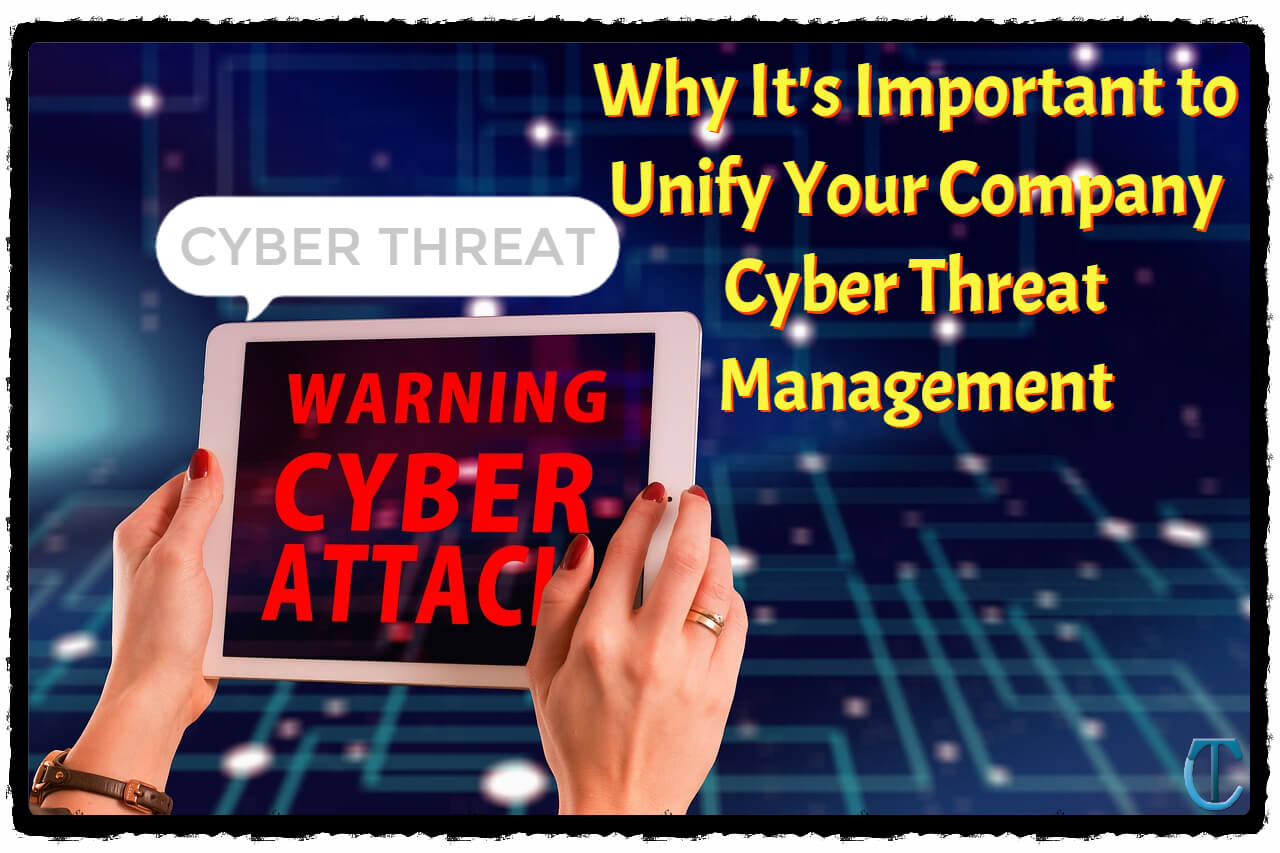Introduction
The cyber protection landscape is altering at a fast speed. The World-wide-web of
Points (IoT) is becoming much more widely adopted, and the variety of related
equipment in equally the non-public and general public sectors has grown exponentially.
Ultimately, this implies that cyber-attacks will be far more repeated, exposing
companies to better chance but also presenting opportunities for agile
reaction.
A lot of companies less than-spend in cyber stability. Even when they do devote,
they don’t choose whole gain of the handle they have around their possess
networks. So how can you capture the prospect or protect versus a
breakdown? Below are 4 ways to get your business on the route to a additional
unified and effective cyber protection tactic.
Stage 1: Receive Cyber Safety Training from Your Info Technological know-how Office
The initial action is to recognize the essentials of cyber stability and acquire
education from your IT office. Cyber stability specialists, this sort of as
SonicWall On the web, know
precisely what your business can anticipate in conditions of defense, but these
exact industry experts may not know how treatments are executed in an
business or if your corporation is actually next very best techniques.
Move 2: Understand the Variance amongst Cyber Insurance policies and Cyber Stability
At this point, you may be wanting to know, “what precisely is cyber coverage?” What is
more, what is actually the
big difference amongst cyber insurance and cyber safety?
The fact is that cyber insurance policies is a deal with for potential losses ensuing
from exposure to cyber challenges, when cyber safety is a set of controls that
an group implements to lower the likelihood of damage. Eventually, a
corporation requires both. The a lot more ways an corporation normally takes to mitigate risk—and
the far more actively it monitors for threats—the considerably less very likely it will be impacted
by a facts breach, ransomware attack, or yet another digital catastrophe.
Stage 3: Create a Cyber Incident Response System
Though organizations can carry out many preventative and reactive controls,
it truly is unachievable to be 100% shielded towards all threats. Which is why the third
phase to embracing cyber danger is to establish a reaction system that the
total corporation can follow.
A few-tiered strategy:
Approach A: This plan is built to detect, reply, and get well from “lower”
danger cyber incidents. This consists of hacking makes an attempt as nicely as unforeseen
exposure of unstructured knowledge like delicate e-mail communications or
company files. In addition, this program handles purely natural disasters such as
fires and floods that may have an affect on IT systems and logistics procedures.
Approach B: This plan addresses “medium” possibility cyber incidents. This system is
intended to detect, reply, and recover from the menace but not to safeguard
essential data or to prevent the loss of delicate information and facts.-
Strategy C: This strategy handles “high” chance cyber incidents. This technique is
intended to detect and reply, with the skill to comprise threats,
safeguard essential systems and data, and avert the decline of delicate
information and facts.
Move 4: Build a Constant Cyber Defense Technique (CCDS)
The very last step to a profitable cyber protection system is
building a continual cyber protection system
that entails stakeholders from all levels of your company
corporation.
It all comes down to recognition. The most effective way of preventing cyber threats is
always avoidance, typically in combination with a extensive reaction tactic. 1
detail is obvious: firms that aren’t aware of the risks they face are putting
themselves at larger possibility of injury or disruption from a cyber-assault. To
prevent these losses, it is crucial to be mindful of the exterior threats and
regulate cybersecurity proficiently in just your corporation.
There are many points that an corporation can do to defend its property, but
without the correct expertise and sources, any tries at stability will
be way too small also late.

